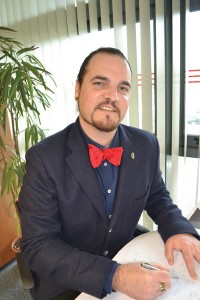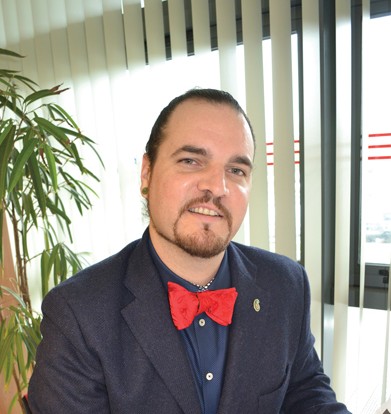The UK 2016 government mandate expresses the need for efficient BIM methodologies, e.g. stakeholder collaboration and utilisation of BIM standards, in its 2011 Government Construction Strategy, and the Irish AEC/FM sector (and EU in general) are following suit with these guidelines, standards, and protocols.
The US Department of Commerce’s National Institute of Standards and Technology (NIST) estimated in 2004 that $4.8 billion was spent every year just to verify that the captured building information represents accurate building condition. Currently the PAS 1192 documents recommend Level 2 BIM as the norm in integrated practice, but the goal of Headcount Engineering is the utilisation of methodologies that will pass the test of time and be relevant now and in the future, e.g. Level 3 utilising open standards and virtual common data environments. These industry trends have led Headcount Engineering in the direction to develop best practices in relation to Terrestrial Laser Scanning (TLS) and BIM processes, protocols, standards, and methods.
At Headcount Engineering we understand BIM is a collaborative integrated practice, i.e. utilisation of Integrated Project Delivery (IPD), for the AEC/FM that coexist with lean methods that assists in reducing waste, project duration, and risk. The BIM process and the development of object-oriented parametric process data models, i.e. BIM Models, are a global paradigm-shift in the AEC/FM including supply chain, manufacturing, production, fabrication, etc. BIM is not 3D CAD or a software that can be bought; BIM is a philosophy that begins in the mind. BIM has two forms: An IPD process of recommended lean protocols, specification, and standards to abide by, and a Virtual Design & Construction (VDC) model that is a visual data rich representation of the built environment to be built and to be maintained for the facilities life cycle. A BIM is an ongoing/living virtual representation of a to-be or existing built environment. Technically a BIM model is an “nth-Dimensional BIM” (nD BIM) object-oriented information model developed in a platform neutral open machine-readable language, i.e. Industry Foundation Classes (IFC). An IFC BIM contains parametric product data that can be utilised for simulations of code compliance, accessibility, constructability and sustainability review/analyses, safety protocols, virtual assembly, fabrication, etc, (See Figure 1). IFC utilises the EXPRESS data modelling language standard for product data models which is formalised in the Standard for the Exchange of Product model data (STEP – ISO 10303).

Dr. Shawn E. O’Keeffe, PhD-CS/ET, MS-ET, BA-ET, AAS-EDDT, CITA Headcount Engineering, BIM Development Director & Principal Investigator of R&D T: +353 1 690 5040 M: +353 [0] 89 223 8566 E: shawn.okeeffe@headcount.ie
Headcount Engineering currently provides TLS and BIM services for many major clients here in Ireland and abroad both commercial and process plants. We have developed our own unique Scan-to-BIM* and Scan-vs-BIM** techniques. The main objective of Scan-to-BIM and Scan-vs-BIM is to ensure the As-Built BIM model is per the specifications of the design BIM model. Scan-vs-BIM answers the main question: Is what was constructed/installed built according to the design BIM? To efficiently and effectively answer this question Headcount Engineering provides a comprehensive dimensional control service that combines Scan-to-BIM and Scan-vs-BIM. Dimensional control is essential to compliance control during construction and to lifecycle monitoring for Operations and Maintenance (O&M) and Facilities Management (FM). Headcount Engineering utilises in-house methods to generate accurate As-Built BIM models for FM that are less costly and less prone to human error than many other traditional approaches. We use our in-house methods, protocols, and procedures for dimensional control and compliance control, which is one of our main request from some of the largest companies in the world, especially in regards to process plants (See Figure 2). In the commercial facility and processes plants sectors, our clients come to us for the development of accurate As-Built BIM’s according to BIM standards so they can properly maintain their facilities, analyse energy and the associated cost, have a correct basis for retrofit design and construction, and have a complete historical record of their existing facilities. Providing innovative solutions in these areas afford many new opportunities in Ireland. Our clients repeatedly use our services because they notice the level of innovation in the quality deliverables and services Headcount Engineering provides to them. Clients are now beginning to see the benefits of BIM and TLS during construction and FM & OM.
Headcount Engineering has particularly identified that, with the rapidly increasing use of BIM for design, construction, and FM, an opportunity has arisen to solve major problems by aligning TLS point cloud data with the BIM model. We can quickly assess and quantify problems and assure standard compliance is properly controlled within specified tolerances.




